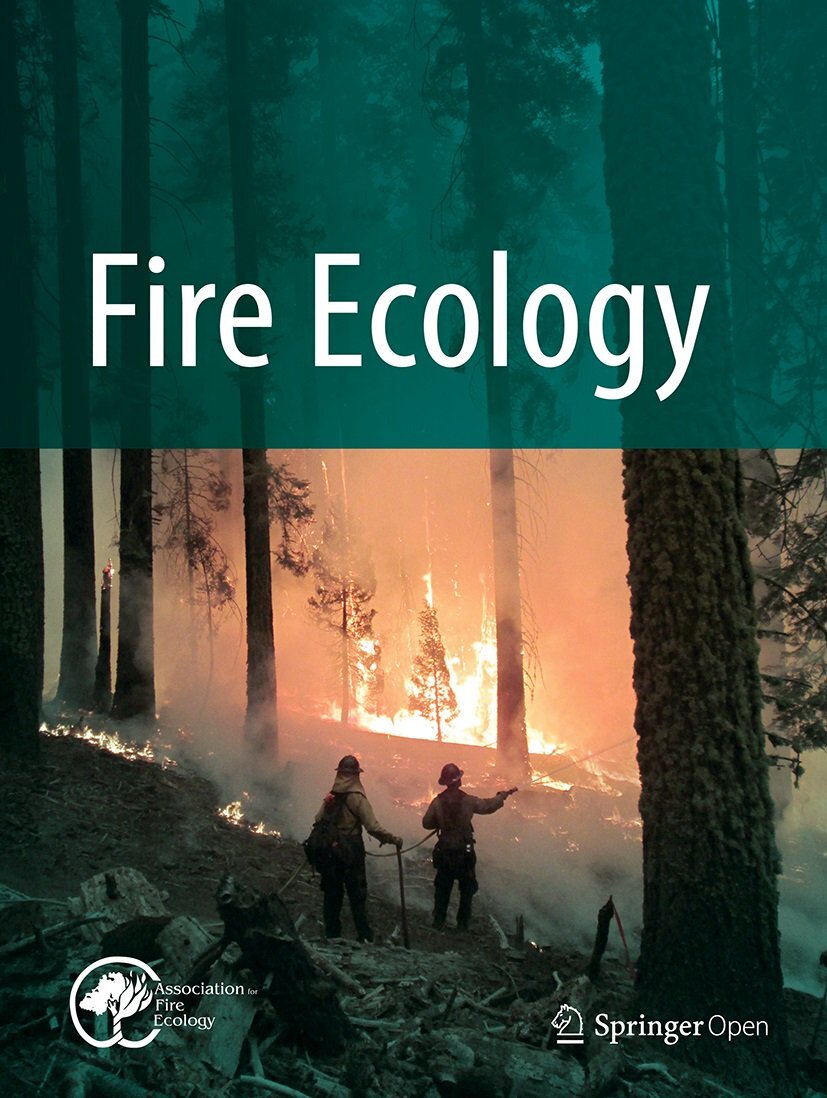June 26th from 2pm to 3pm ET
Three short presentations about recent work from the University of Arizona on 1) Understanding how wildland fire managers in the Southwest value and use weather and climate information and decision support tools, and 2) Developing experimental weather and climate tools that are easy to use and fulfill a direct need for wildland fire managers.
When researchers tried to estimate the value of weather and climate information for fire management, they quickly found that while wildland fire managers have access to a vast array of data and information sources, relatively few are routinely used to inform decisions – and some decision support systems are not necessarily used to support decisions. Through focus groups, interviews, and analysis of detailed survey data, researchers began to glean insight into barriers to information use. This presentation will touch on the value of truly use-inspired information relative to top-down products, describe an experimental tool (Burn Period Tracker) that was developed in response, and explore unanswered research questions. The presentation is loosely based on the findings of three recent publications: “Demand for Information for Wildland Fire Management” (https://doi.org/10.3390/atmos15111364), “How Are Weather and Climate Products and Decision Support Systems Used in Wildland Fire Decision Making in the US Southwest?” (https://doi.org/10.1175/WCAS-D-24-0069.1), and “Burn Period: A use-inspired metric to track wildfire risk across Arizona and New Mexico in the southwest U.S.” (https://doi.org/10.1175/JAMC-D-24-0067.1).
Presenters: Michael Crimmins, Department of Environmental Science; Daniel Ferguson, Department of Environmental Science, Arizona Institute for Resilience; George Frisvold, Department of Agricultural & Resource Economics.



